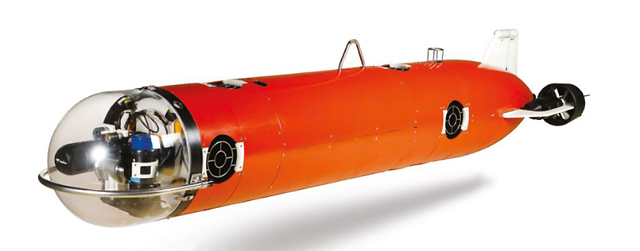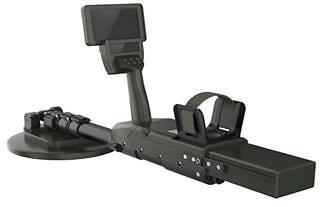
[Courtesy of the Defense Acquisition Program Administration ]
SEOUL -- Hanwha Systems, a defense contractor affiliated with South Korea's Hanwha Group, has sealed a military deal to deliver some 1,600 new detectors that could find anti-personnel metal and non-metallic land mines including North Korean wooden-box mines. Shipment is to begin in the second half of 2022.
The Defense Acquisition Program Administration (DAPA) controlled by the defense ministry said Hanwha Systems has been awarded a contract worth 58 billion won ($48.9 million) to provide PRS-20K mine detectors installed with ground-penetrating radar (GPR) and metal detector composite sensors. GPR can analyze heterogeneous soil layers to detect buried foreign objects.
North Korea's wooden box mine is a copy of the Soviet mine that was used during World War II. It consists of a wooden box packed full of explosives and a pressure fuse. The wooden box mine has the minimum amount of metal components, making it extremely hard to detect using conventional mine detectors. Because wooden-box mines are buoyant, they are easily washed down from frontline hills and mountains to shorelines and riverbanks by torrential rains, posing a constant threat to civilians and soldiers.
Compared to its old version, PRS-17K, introduced in the late 1990s, DAPA said the new detector showed improved performance in detection depth. Since detected mines can be checked with an image, the detection rate was significantly higher.
DAPA said that PRS-20K achieved a 100% localization rate and secured an advantage over similar foreign equipment in terms of performance and price, drawing attention from foreign countries such as Australia. "As a humanitarian weapon system, it is expected to greatly contribute to reducing human casualties in conflict areas around the world," Army Brigadier General Cho Hyun-ki, a DAPA official, said in a statement on October 18.
Hanwha has produced self-destructing antipersonnel mines, Claymore directional fragmentation mines and remotely-controlled mines. "We will pioneer a new export market based on superior performance and excellent price competitiveness compared to those made by advanced countries that have already been verified," said Lee Kwang-yeol, head of Hanwha System's surveillance and reconnaissance division.
South Korea's antipersonnel mine stockpile was not known, but mines have been planted along the inter-Korean border and around front-line military barracks for decades since the Korean War ended in an armistice in 1953. US troops based in South Korea also keep a substantial number of mines.
The development of smart mines, designed to self-destruct or self-deactivate at the end of a conflict, began as a response to an international campaign to ban landmines as a way of reducing non-combatant and civilian injuries.
Copyright ⓒ Aju Press All rights reserved.




View more comments